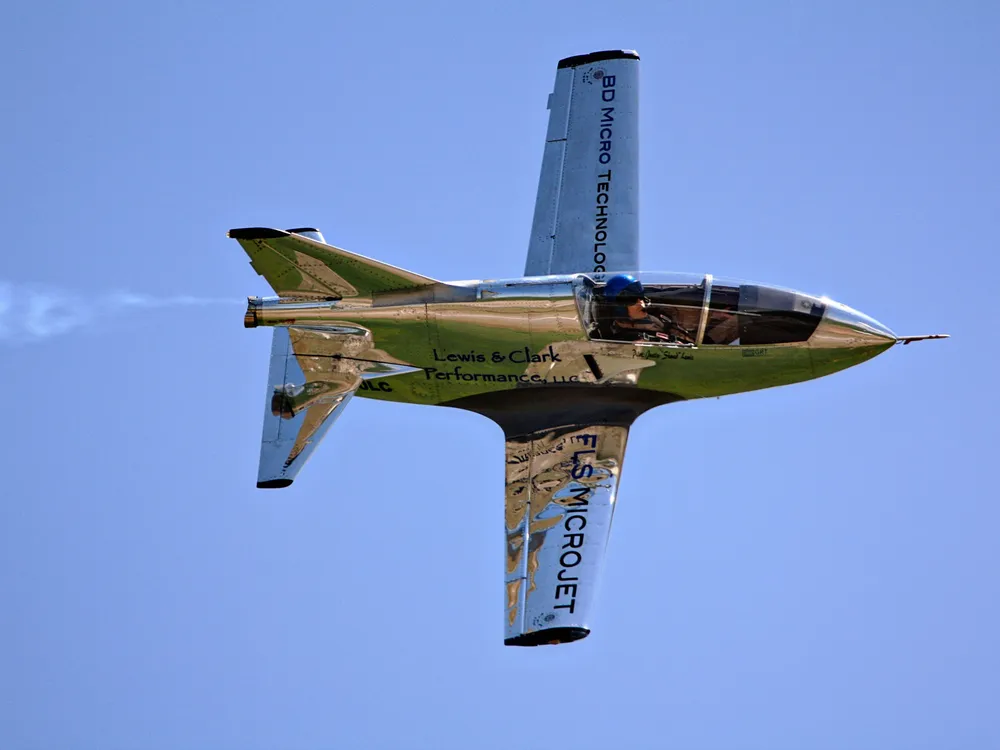
In recent years, small jets have surged in popularity, becoming the go-to choice for a wide range of individuals and businesses looking to streamline their travel experience. Once considered a luxury reserved for the ultra-wealthy or large corporations, small jets are now more accessible and practical than ever before. Whether it’s for business travel, personal use, or efficient commuting, small jets offer numerous benefits that make them an attractive option for many.
So, what makes small jets so popular? Let’s explore the factors that have contributed to this rising trend.
1. Enhanced Flexibility and Convenience
One of the main reasons for the growing popularity of small jets is the incredible flexibility and convenience they offer compared to commercial air travel. With a small jet, owners can avoid the hassle of airports, long check-in lines, security checks, and flight delays. Instead, they have the ability to:
- Choose their departure times: No more adjusting to flight schedules. Small jets allow travelers to depart when it’s most convenient for them.
- Fly to smaller airports: Small jets can land at smaller regional airports that may be closer to the traveler’s destination, cutting down on ground transportation time. This is especially beneficial for those traveling to remote or less accessible areas.
- Fly directly to the destination: Say goodbye to layovers or connecting flights. With a small jet, travelers can fly directly to their destination, saving valuable time.
For both businesses and individuals, this level of convenience can greatly improve productivity and overall satisfaction, making small jets a preferred method of travel.
2. Cost-Effective for Business Travel
While owning a small jet still represents a significant financial commitment, it’s often more affordable than many think when considering the cost of business travel. For businesses that frequently send employees on trips or executives who need to travel often, private jets can be an efficient alternative to first-class commercial travel.
- Time savings: Time is money, especially in business. A small jet can help companies avoid the extensive delays and inconvenience of commercial flights, which can lead to missed opportunities and wasted time.
- Reduced overall costs: While operating a jet involves maintenance, insurance, and fuel costs, businesses can save money by flying smaller groups, eliminating the need for expensive first-class tickets, and reducing the total number of flights.
Additionally, with small jets, companies can achieve a level of privacy and confidentiality that is often crucial for high-level meetings, negotiations, and sensitive discussions. This has made small jets a popular choice for executives and entrepreneurs.
3. Improved Comfort and Privacy
Small jets offer a level of comfort and privacy that is unmatched by commercial flights. The experience of flying in a small jet is far more personal and luxurious, offering travelers the freedom to:
- Choose their in-flight environment: Owners can personalize their jet’s interior to reflect their tastes, with options for custom seating, entertainment systems, and even dining experiences.
- Avoid the crowds: With a small jet, there’s no need to sit in crowded cabins with other passengers. Instead, you can enjoy a peaceful, private environment, making it easier to relax, work, or conduct confidential meetings in the air.
- Enjoy smoother flights: Small jets typically offer a smoother flight experience, especially on shorter distances, thanks to their size and advanced technology. Passengers are less likely to feel the turbulence that often affects larger commercial aircraft.
For those who value comfort, privacy, and a more exclusive flying experience, small jets provide a significant upgrade over commercial air travel.
4. Access to New Technologies and Innovations
Another key factor driving the popularity of small jets is the advancements in aviation technology. In recent years, many small jet manufacturers have embraced innovations that have enhanced both the efficiency and performance of their aircraft. These include:
- Fuel-efficient engines: Newer small jets are designed with fuel efficiency in mind, making them more economical to operate and reducing the overall cost of ownership.
- Advanced avionics: Small jets are equipped with state-of-the-art avionics systems that improve safety, navigation, and ease of operation. These systems make flying more accessible for both pilots and owners.
- Lighter, stronger materials: Modern jets are often made with lightweight composite materials that improve performance and lower operational costs.
As aviation technology continues to improve, small jets are becoming more accessible to a broader range of individuals and businesses, further boosting their popularity.
5. The Rise of Fractional Ownership and Jet Charters
A major development in the world of small jets is the rise of fractional ownership and jet charter services. In the past, private jet ownership was often seen as out of reach for all but the wealthiest individuals or corporations. However, these new models have made it easier to access the benefits of private jet travel without the full financial burden of owning an aircraft outright.
- Fractional ownership allows individuals or companies to buy a share of a jet, giving them access to a private aircraft for a certain number of flight hours per year. This significantly reduces the upfront costs and ongoing expenses while still providing the benefits of private jet travel.
- Jet charters have become a popular option for those who need occasional access to private jets. Rather than owning an aircraft, individuals can simply rent a jet when needed, giving them the flexibility to travel in style without the long-term commitment.
These options have opened the door for more people to experience the benefits of small jets, expanding their appeal beyond the ultra-wealthy.
6. Environmental Considerations and Sustainability
As sustainability becomes an increasingly important concern, small jets are becoming more eco-friendly. Many manufacturers are developing jets that are more fuel-efficient and produce fewer emissions than traditional commercial airliners. In addition, smaller aircraft tend to have a smaller carbon footprint, especially when compared to the larger, more heavily used commercial jets.
Moreover, as technology advances, future small jets may even integrate electric propulsion or hybrid engines, further reducing their environmental impact. This has helped to improve the public perception of small jets as an eco-conscious mode of travel for both personal and business use.
Conclusion: Small Jets for a Big Future
Small jets are no longer just a luxury for the elite—they have become an increasingly popular choice for those seeking convenience, comfort, and efficiency in their travel. With improved technologies, more flexible ownership models, and rising demand for private travel, small jets are poised to continue growing in popularity. Whether for business, personal use, or an efficient way to travel to remote locations, small jets offer an unmatched level of flexibility, comfort, and privacy, making them a smart investment for those who value their time and want to experience air travel like never before.

Leave a Reply